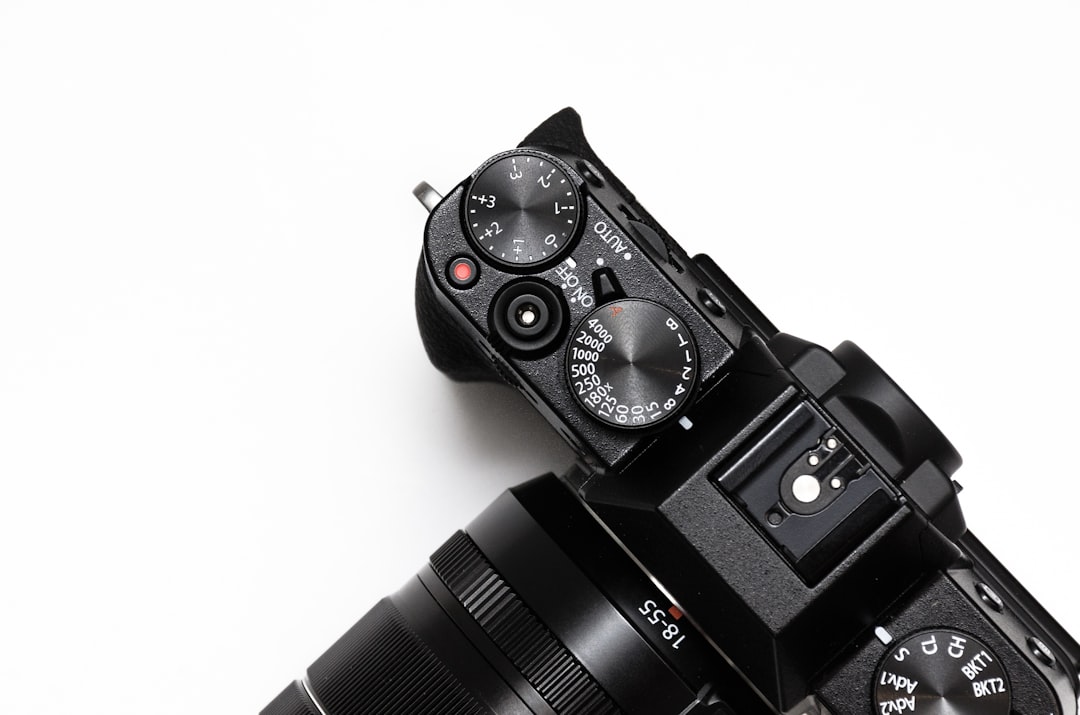Drilling through steel requires more than just the average drill bit. Steel is one of the toughest materials commonly used in construction, automotive, and industrial applications. To cut through it effectively, you need drill bits that are engineered specifically for hard metals. Understanding what makes a drill bit suitable for steel can save time, preserve tools, and ensure safety.
The most critical factor when selecting a drill bit for steel is the material composition. High-speed steel (HSS) bits are commonly used for softer metals, but when dealing with hardened steel, cobalt or carbide-tipped bits are better choices. These materials offer higher heat resistance and maintain their cutting edge longer, which is vital when penetrating hard surfaces.
Another important element is the drill bit’s tip design. Split point tips, for example, help reduce walking and ensure more precise starts, especially on curved or uneven surfaces. Additionally, the correct cutting speed and lubrication are essential. Drilling into steel generates significant heat, and without proper cooling or lubrication, even the best drill bits can quickly wear out. This is particularly relevant in industrial settings where heavy-duty drilling is common and where components like Hydraulic fittings often require precise modifications or installations.
Ensuring you use the right drill speed and pressure can also make a big difference. Most drill presses and hand drills allow you to adjust these settings, and matching them to your bit and material is crucial. Going too fast can cause overheating and dull the bit, while too much pressure can lead to breakage. It’s about finding the balance that allows the bit to do the work without forcing it.
In some cases, especially when working with thick or hardened steel, using a pilot hole can help. Starting with a smaller bit and gradually increasing the size reduces strain on your tools and provides a cleaner final result. This method is often used in fabrication shops where accuracy and efficiency are paramount. It’s also helpful when installing components that interface with specialized hydraulic components that demand exact fitting and alignment.
Safety should never be overlooked when drilling steel. Always wear eye protection and use clamps to secure the material. Steel shavings can be sharp, and bits can snap under pressure. Using the right bit for the job minimizes these risks.
Whether you’re a professional machinist or a DIY enthusiast, choosing the correct drill bit for steel can make your project more efficient and extend the life of your tools. With the right preparation and equipment, working with steel becomes a manageable and rewarding task.



